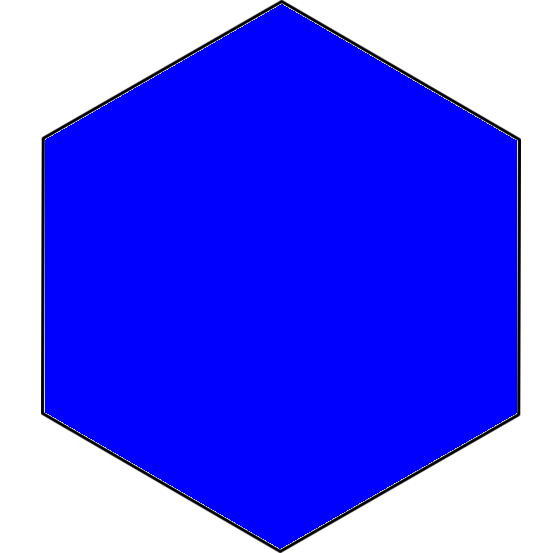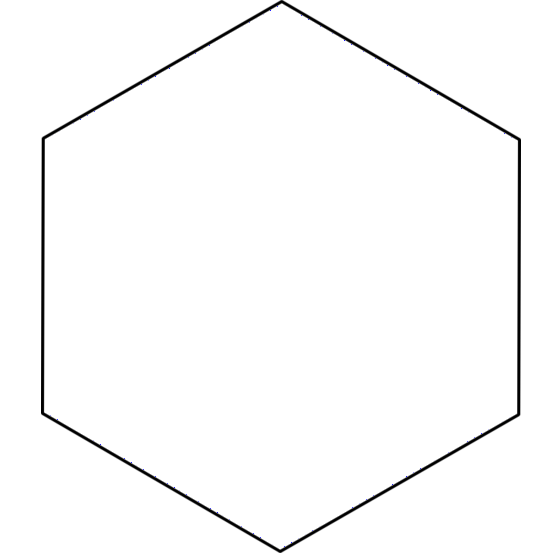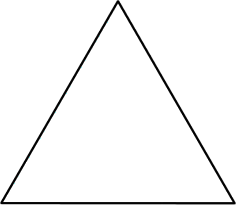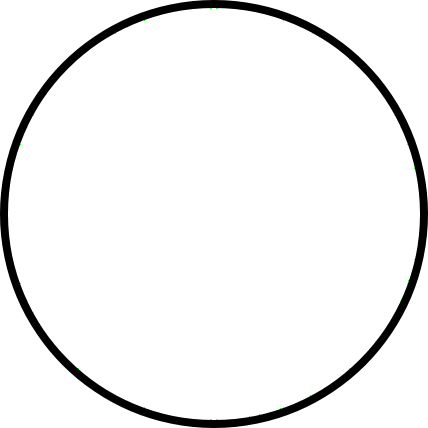12 NOV 2015 by ideonexus
 Humans as Self-Domesticating Animals
Humans as Self-Domesticating Animals
at the end of the Pleistocene, certain human
groups and their animal associates began progressively
to show parallel reductions in size and stature,
cranial gracilization, changes in post-cranial robusticity,
shortening of the face and jaws, tooth crowding and malocclusion,
and tooth-size reduction and simplification.
There has been no recent attempt to explain the parallelism,
although numerous explanations exist for the
changes as they affect one or other of the parties. Some
of the explana...Restrictive environments, artificially constructed give us many of the traits shared with the animals we domesticate.
12 NOV 2015 by ideonexus
 Attributes of Domesticated Animals
Attributes of Domesticated Animals
The study of domesticated animals since Darwin’s influential
work (1868) has culminated in the formation
of a set of changes that are claimed to distinguish domestic
populations from wild species (for recent outlines
of these see Price 1984, 1999; Hemmer 1990; Tchernov
and Horwitz 1991; Hall 1993; Teichert 1993; Smith 1995;
Zohary, Tchernov, and Horwitz 1998; Clutton-Brock
1999; Trut 1999). Although not uniformly present in all
domesticated species, those affecting the skeleton may
include ...Folksonomies: evolution domestication
Folksonomies: evolution domestication




